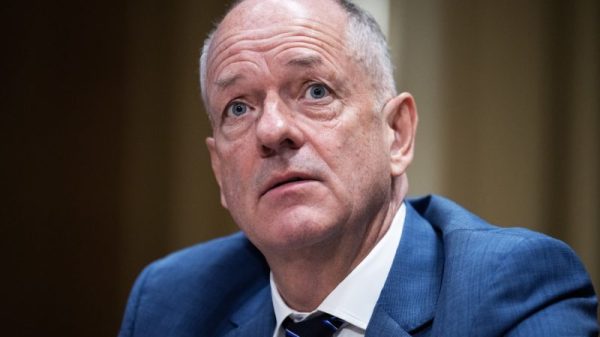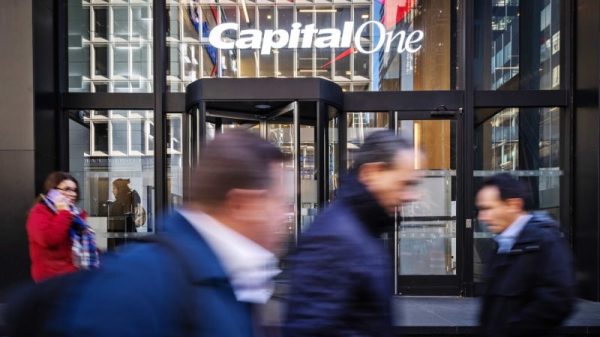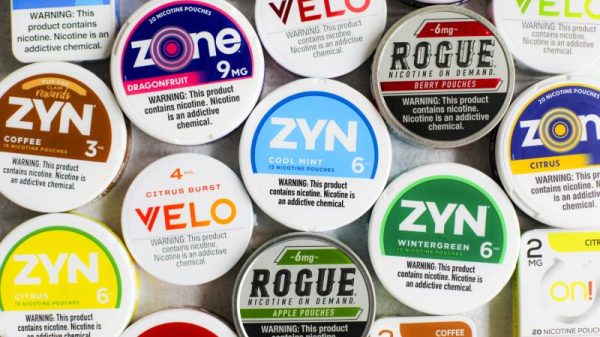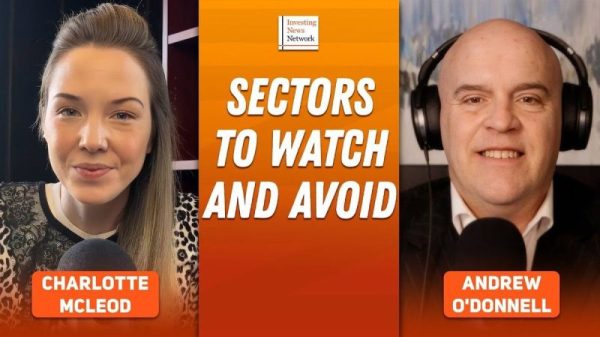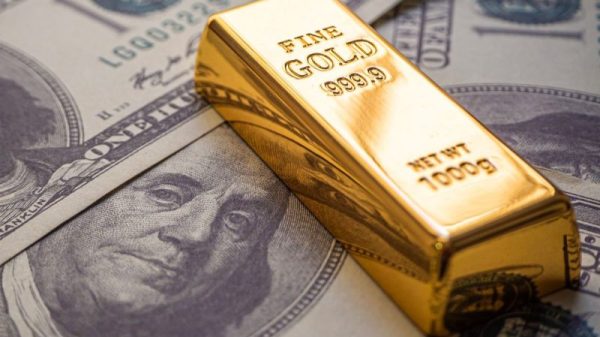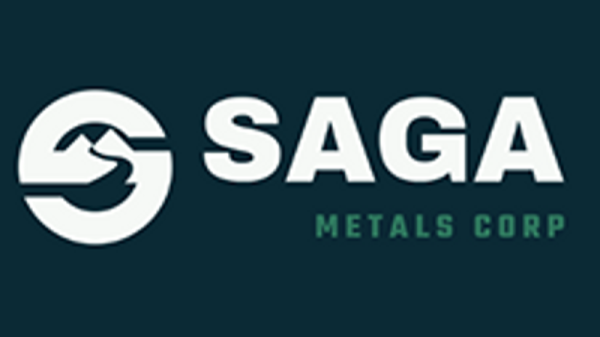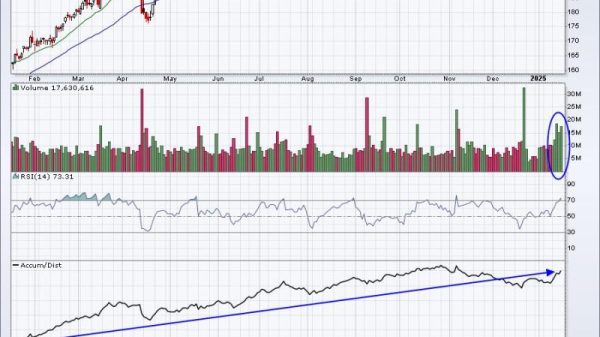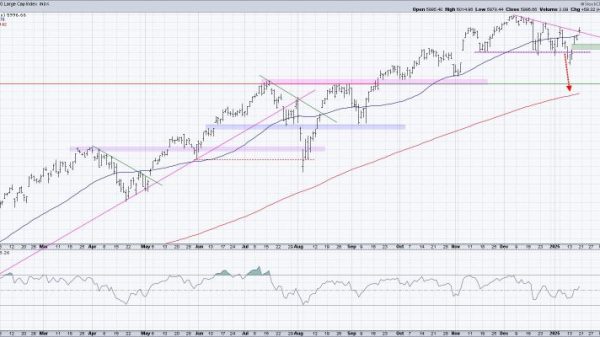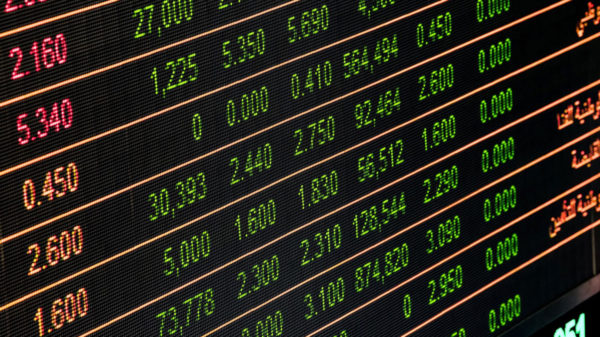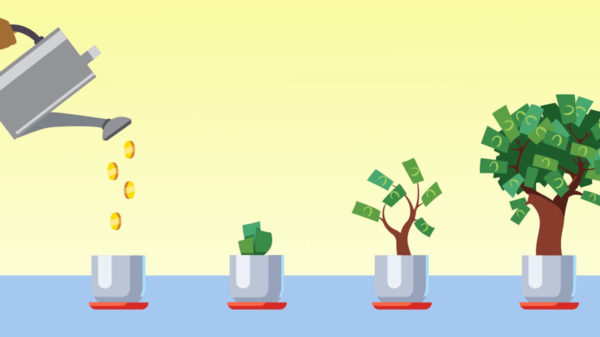“She cast the deciding vote for the so-called Inflation Reduction Act that sent a lot of our resources to China.”
— JD Vance, GOP vice-presidential candidate, remarks in Eau Claire, Wis., Aug. 7
“Kamala Harris has doubled down on this green energy scam that’s actually shipped a lot more manufacturing jobs to China.”
— Vance, remarks in Waite Park, Minn., July 28
As Vance has toured the industrial Midwest in recent weeks, one of his consistent claims is that Vice President Kamala Harris shipped jobs to China by casting the tiebreaking vote in 2022 in the Senate for the Inflation Reduction Act, a catchall bill that included $370 billion in climate and energy funding to combat climate change.
His comments in Minnesota won the approval of Donald Trump Jr., who posted on social media that Vance “destroys Kamala’s anti-American energy and manufacturing record.”
Trump’s son may be impressed by the rhetoric, but on the face of it, Vance’s claims make little sense. The IRA was designed to foster green manufacturing jobs in the United States — and the evidence shows that it’s working. What’s Vance’s case for saying that the IRA is sending “a lot of our resources” and “more manufacturing jobs” to China?
The facts
Vance’s spokesman pointed us to an opinion article that Vance wrote for the Toledo Blade in 2023 urging the United Auto Workers to use its leverage to persuade the Biden administration to abandon efforts to encourage electric vehicles. “China dominates the global supply chain for electric vehicles — especially for critical minerals and batteries,” Vance wrote. “While an electric vehicle may bear the logo of Ford, Chevy, or Chrysler, its core components were probably made in China with Chinese labor and Chinese materials.”
In effect, Vance’s theory is that by shifting the auto industry toward EVs, the United States is going to send significant amounts of money and jobs to China.
But this claim ignores what is actually in the IRA. The law was intended to help the United States catch up with China before Beijing completely takes over the EV market. The Chinese government has given huge subsidies to the EV industry in a quest to dominate it.
In 2021, the United States accounted for 10 percent of global EV assembly and 7 percent of battery production, according to the International Energy Agency. That same year, China sold more EVs than the rest of the world combined — and produced three-quarters of all lithium-ion batteries.
The Biden administration and congressional leaders understood there was a balancing act — boosting EV production without aiding China.
So the law included provisions to make sure more of the supply chain is produced in the United States, such as a consumer tax credit for EVs. The Treasury Department wrote regulations that make it harder for vehicles to qualify for the full federal EV tax credit of $7,500 if key components are sourced from China, with a grace period for some rare materials like graphite. As part of the IRA, final assembly of EV models must occur in North America to be eligible. The administration in May also imposed a 100 percent tariff on Chinese EVs.
In response to the IRA, China in March filed a formal complaint with the World Trade Organization, decrying the EV subsidy policy as discriminatory because it excluded Chinese products, distorted fair competition and disrupted the global supply chain for new-energy vehicles. That’s a significant step — which may take a long time to resolve in the WTO dispute settlement system — but it’s certainly a sign that China does not believe the law is sending jobs its way.
Indeed, General Motors board member Jon McNeill, a former president of Tesla, told CNBC in May that any rollback of the IRA provisions would help China. “I think we risk losing the auto manufacturing share to China. We really do, globally,” he said, adding that the IRA is providing enticements to both the manufacturers and consumers “to level the playing field” against Chinese car companies.
When Trump was president, he did not encourage EV production or seek to counter China’s big investment in the technology. Trump would sometimes joke — falsely — about how little an EV could travel on a single charge. He proposed to eliminate programs that encouraged the manufacture or purchase of EVs and proposed no legislation designed to encourage EV manufacturing in the United States.
During this presidential campaign, Trump has pledged to repeal automobile air pollution limits issued in March by the Environmental Protection Agency — what he claims is an “EV mandate” — on his first day in office. The Biden administration has also set a goal of having 50 percent of all new vehicle sales be electric by 2030.
The other problem with Vance’s critique is that he ignores that many provisions in the IRA have sparked a manufacturing boom in the United States — also designed to counter China’s dominance in the green energy arena. Besides EVs, the bill included tax incentives intended to spur manufacturing of solar modules, wind turbines, inverters, EV batteries and power storage, and the extraction and refining of critical minerals. According to the IEA, China now has 85 percent of solar cell manufacturing capacity, while only 0.6 percent is located in North America, so there is a lot of ground to make up.
In the first year after passage of the IRA, according to an analysis by Goldman Sachs, 280 clean energy projects were announced across 44 states, representing $282 billion of investment that would create 175,000 jobs. “What we found was that — so far at least — the reality is living up to or even exceeding expectations,” the report said.
An updated count issued in June by Climate Power, an environmental communications group, estimated that the investment has climbed to $361 billion in 47 states, representing 585 projects and creating nearly 313,000 jobs. “Plans include 173 new battery manufacturing sites, 137 new or expanded electric vehicle manufacturing facilities, and 166 solar and wind manufacturing plants,” the report said, adding that a majority of the projects are in districts represented by Republican House members.
This month, 18 House Republicans sent a letter to House Speaker Mike Johnson (R-La.) urging that the IRA not be fully repealed if Republicans retain control of the House. “Energy tax credits have spurred innovation, incentivized investment, and created good jobs in many parts of the country — including many districts represented by members of our conference,” the letter said.
Vance’s blast that earned the admiration of Trump’s son was made in Waite Park. Evidence of the IRA’s impact could have been found if Vance had driven for a half-hour to the nearby Minnesota town of Becker — where regulators in July approved a permit to replace a massive coal plant with one of America’s largest solar farms. The project was realized with the help of the IRA, company officials said, and will create 400 union construction jobs.
Xcel Energy chief executive Bob Frenzel told analysts that “the solar tax credit in the Inflation Reduction Act will lower the ‘levelized’ cost of the company’s Sherco solar project in Minnesota by 30 percent, even accounting for inflation and supply chain pressures,” Politico’s E&E News reported. The project also received tens of millions of dollars in direct funding because of the IRA.
“Xcel predicted in PUC filings Sherco 3 would decrease customer bills through the first 10 years of operations thanks to production tax credits,” the Star Tribune reported.
The Pinocchio Test
Vance’s claim that the IRA is sending jobs and resources to China is based on a facile hunch, not evidence. He assumes that China will benefit if more EVs are sold because China currently dominates the supply chain. He ignores that the IRA is intended to break up that pattern — and bring more of those jobs to the United States. That’s one reason China has formally protested the law. He also ignores the fact that the IRA is creating many jobs — even in communities where he makes these outlandish claims.
Vance earns Four Pinocchios.
Four Pinocchios
(About our rating scale)
Send us facts to check by filling out this form
Sign up for The Fact Checker weekly newsletter
The Fact Checker is a verified signatory to the International Fact-Checking Network code of principles


